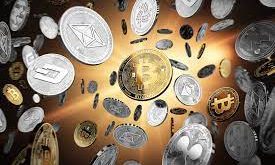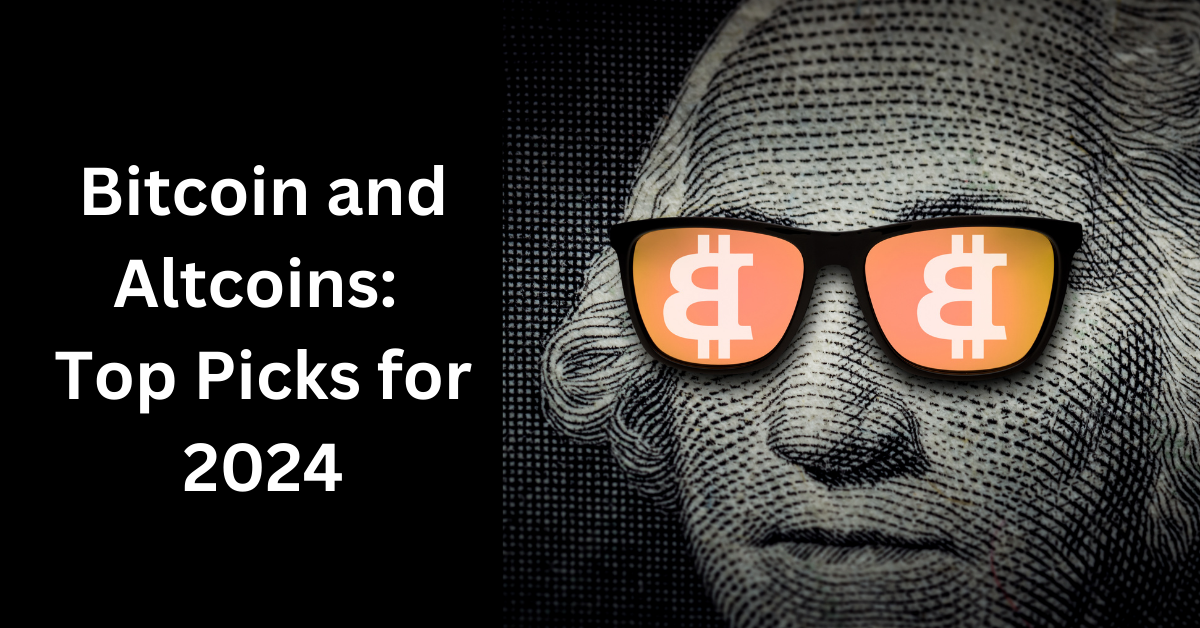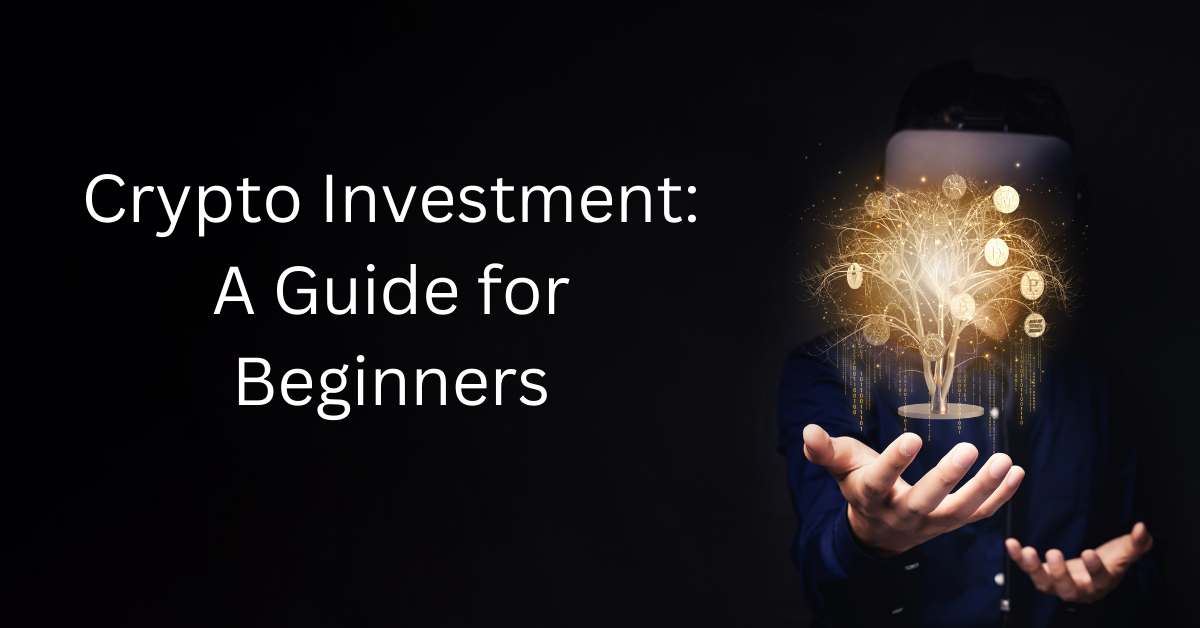Discover the impact of NFTs on art and the rise of digital artists. Explore how cryptocurrency powers NFT art sales and future trends in NFT art markets.Art and cryptocurrency have intersected in a groundbreaking way, giving rise to a new and rapidly growing market for digital art.
Non-fungible tokens (NFTs) have revolutionized the art world by digitizing and tokenizing artwork, allowing artists to sell their work in a way that was previously unimaginable.
In this blog post, we will explore the intersection of art and cryptocurrency through the lens of NFTs, diving into the understanding of NFTs in the art world, the rise of digital artists, the power of cryptocurrency in driving NFT art sales, the impact of NFTs on artistic expression, and future trends in the NFT art market.
Join us as we navigate through this exciting and transformative landscape where technology and creativity converge to shape the future of art.
Understanding NFTs in the Art World
NFTs, or non-fungible tokens, have taken the art world by storm in recent years, revolutionizing the way we buy and sell digital art. Unlike cryptocurrencies such as Bitcoin or Ethereum, which are interchangeable with one another, NFTs are unique digital assets that represent ownership or proof of authenticity of a specific piece of art. This has opened up a whole new world of opportunities for digital artists, as well as traditional artists seeking to explore the digital realm.
The concept of NFTs has brought about a fundamental shift in the way artists can monetize their work. With traditional art, an artist typically receives a one-time payment for their creation, and any future sales of the piece result in no financial gain for the artist. However, with NFTs, artists can program royalties into the token, ensuring that they receive a percentage of any future sales. This has the potential to transform the landscape of the art world, offering artists a more sustainable and equitable model for earning income from their creations.
One of the key aspects of NFTs in the art world is the role of blockchain technology. Blockchain provides a secure and transparent way of recording and verifying the ownership and provenance of digital art. This has significant implications for combating issues of art forgery and theft, as well as providing a level of trust and authenticity that has previously been elusive in the digital art market.
As NFTs continue to gain momentum in the art world, it’s important for artists, collectors, and enthusiasts to understand the potential impact and implications of this technology. From redefining the concept of ownership and provenance to creating new avenues for artistic expression, the rise of NFTs in the art world is a phenomenon that is reshaping the way we perceive and engage with art.
The Rise of Digital Artists
In recent years, there has been a significant rise in the number of digital artists making their mark in the art world. With the advancement of technology, artists are now able to create stunning and complex pieces of art using digital tools and software. This has led to a surge in the popularity of digital art, with many artists gaining recognition and success in the industry.
One of the key factors contributing to the rise of digital artists is the accessibility and affordability of digital art tools. Unlike traditional art materials, digital tools can be easily obtained and do not require physical storage space. This has opened up new opportunities for artists to explore their creativity and reach a wider audience through online platforms and social media.
Another driving force behind the rise of digital artists is the growing demand for digital art in the modern world. With the rise of e-commerce and digital marketing, there is an increasing need for visually appealing and innovative digital content. Digital artists are able to meet this demand by producing unique and captivating artwork that resonates with audiences in the digital sphere.
The rise of digital artists is also changing the way we perceive and value art. While traditional art forms will always hold a special place in the art world, digital art is challenging the norms and pushing the boundaries of creativity. As digital art continues to gain traction, we can expect to see a shift in the way art is consumed, collected, and appreciated.
How Cryptocurrency Powers NFT Art Sales
Non-fungible tokens (NFTs) have taken the art world by storm, revolutionizing the way art is bought and sold. One of the driving forces behind the success of NFT art sales is cryptocurrency. Cryptocurrency, with its decentralized nature and blockchain technology, has provided the perfect infrastructure for NFT transactions.
When it comes to purchasing NFT art, cryptocurrency plays a fundamental role in facilitating secure and transparent transactions. The use of cryptocurrencies such as Bitcoin and Ethereum allows for fast, borderless, and efficient payments, eliminating the need for intermediaries and providing greater financial autonomy to both artists and collectors.
Furthermore, the rise of cryptocurrency has created a new class of art investors who are well-versed in digital assets and are more inclined to invest in NFT art using digital currencies. This has contributed to the growth of the NFT art market, attracting a broader demographic of collectors who see the potential for high returns on their investments.
In addition, cryptocurrency has enabled the integration of smart contracts into NFT art sales, ensuring that artists receive royalties for their work whenever it is resold. This has significantly empowered artists and incentivized them to create NFTs, as they can now benefit from the appreciation of their art in the secondary market, thus creating a sustainable source of income.
Impact of NFTs on Artistic Expression
The impact of NFTs on artistic expression has been significant in the art world. NFTs, or non-fungible tokens, have provided artists with new avenues for creative freedom and innovation. With the ability to tokenize their digital artwork and sell it as a unique, one-of-a-kind asset, artists are able to break free from traditional constraints and explore new mediums and styles.
Moreover, NFTs have enabled artists to connect directly with their audience, bypassing the need for galleries or agents to showcase and sell their work. This has led to a more democratized art world, where artists from diverse backgrounds and locations can gain recognition and support for their artistic vision without the barriers of the traditional art market.
Furthermore, the introduction of NFTs has sparked discussions about the value and permanence of digital art. As NFTs have brought digital art into the realm of collectibles and investments, artists are redefining the boundaries of what constitutes art and how it can be experienced and appreciated by audiences.
Overall, the impact of NFTs on artistic expression has been transformative, empowering artists to explore new opportunities and challenge conventional norms in the art world.
Future Trends in NFT Art Markets
NFT art markets have seen a rapid evolution in recent years, and the future holds even more potential for growth and innovation. As more artists and collectors embrace the world of non-fungible tokens, it’s clear that we are just scratching the surface of what is possible in this space. One of the key trends that we can expect to see in the future is the integration of virtual reality and augmented reality technologies into the NFT art market. This will open up new avenues for artists to create immersive and interactive experiences for their audiences, taking digital art to a whole new level.
Another significant trend that is likely to shape the future of NFT art markets is the increased focus on environmental sustainability. With the growing concerns over the carbon footprint of blockchain technologies, there is a rising demand for eco-friendly NFT platforms and marketplaces. Artists and collectors are becoming more conscious of the environmental impact of their activities, and this will undoubtedly drive the development of greener solutions within the NFT art market.
Furthermore, we can expect to see a greater emphasis on community-driven initiatives within NFT art markets. Collaborative projects and decentralized artist communities will continue to flourish, providing a supportive and inclusive environment for creators to thrive. This trend aligns with the values of decentralization and democratization that are at the core of NFT technologies, empowering artists to connect with their audience on a more personal and meaningful level.
Finally, the future of NFT art markets will likely be shaped by advancements in blockchain technology and smart contracts. These developments will enable greater security and transparency in the buying and selling of NFTs, further enhancing trust and confidence within the market. Additionally, the integration of NFTs into the broader digital economy will open up new opportunities for artists to monetize their work and explore innovative revenue models.
 Crypto Journal: Analyses, News, and Developments – Coin Chronicle Platform Coin Chronicle is your go-to source in the dynamic world of cryptocurrencies.
Crypto Journal: Analyses, News, and Developments – Coin Chronicle Platform Coin Chronicle is your go-to source in the dynamic world of cryptocurrencies.



